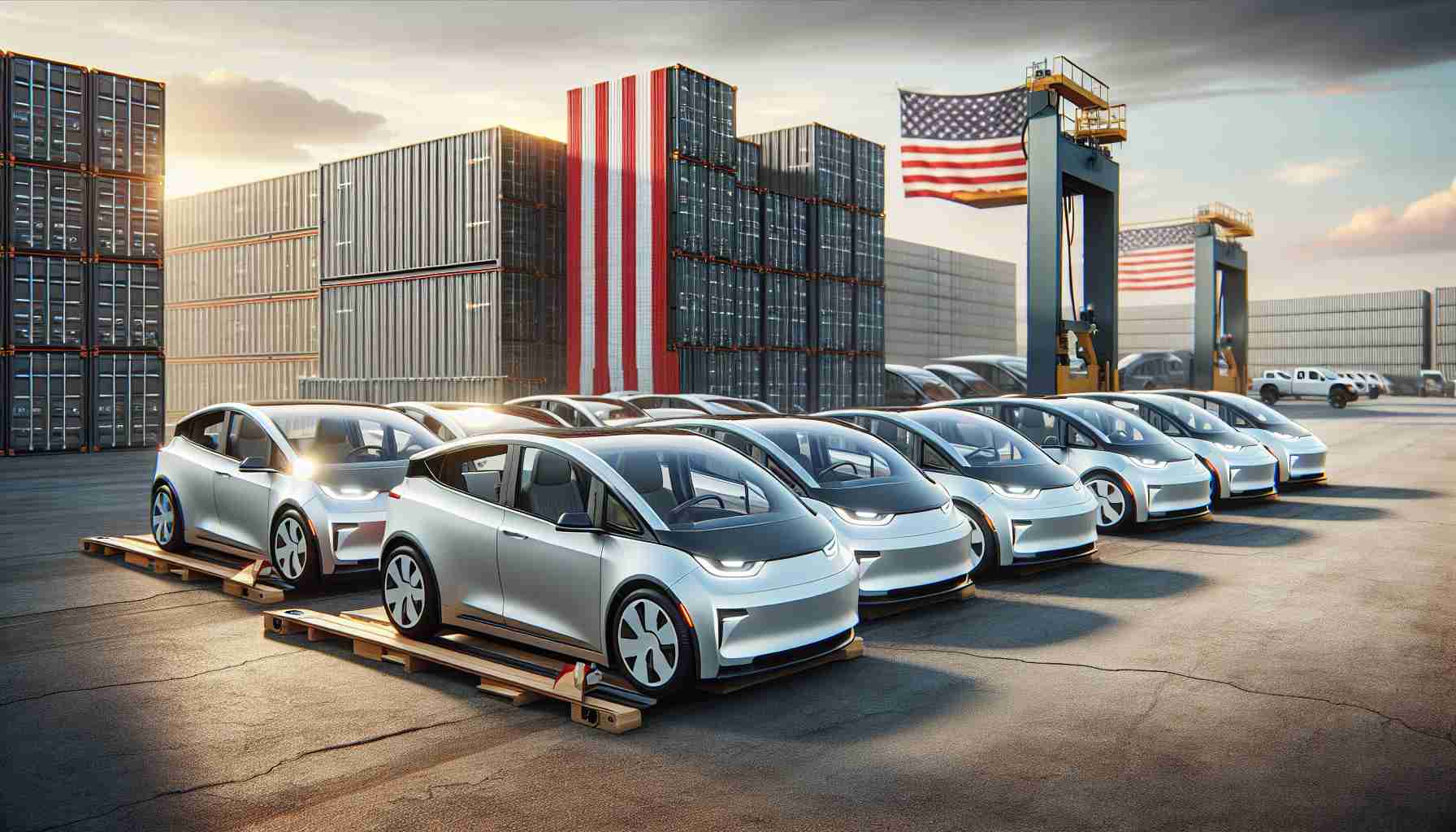Polestar, the Swedish electric vehicle manufacturer, has achieved a significant milestone with the delivery of its inaugural American-made Polestar 3 SUVs. On Friday, the company announced that these vehicles are now in the hands of customers in the United States and Canada.
This development follows the provisions within the Inflation Reduction Act, which encourages the production of electric vehicles domestically. Signed into law by President Biden in 2022, the act provides substantial tax incentives aimed at both manufacturers and consumers, promoting the growth of the EV market in America.
Production of the Polestar 3 commenced in August at the brand’s newly established facility in Ridgeville, South Carolina. This plant is strategically positioned to meet the demands of both the North American and European markets, supplementing the company’s existing operations in Chengdu, China.
As demand for the Polestar 3 is expected to increase, the company assures that deliveries to North American customers will soon ramp up. Additionally, interested buyers can experience the vehicle firsthand at dedicated Polestar Spaces, which are upscale showrooms located in major U.S. cities, designed to enhance brand visibility.
Positioned as a pivotal release, the Polestar 3 aims to appeal to a broader audience than its predecessors. Notably, it is priced starting at $73,400, and early reviews have praised its overall quality, despite some initial software hiccups during testing.
Polestar Accelerates Transition to Electric with First U.S.-Manufactured Deliveries
Polestar, the renowned Swedish electric vehicle (EV) manufacturer, has marked a historic moment by delivering its first U.S.-manufactured electric vehicles, specifically the Polestar 3 SUVs, to customers in North America. The successful rollout of these vehicles from its Ridgeville, South Carolina facility signifies a monumental step for the company and the electric vehicle landscape in the U.S.
Economic Impact and Job Creation
One noteworthy aspect of the Ridgeville plant is its significant economic impact and job creation in the region. With the introduction of this manufacturing site, Polestar has not only contributed to the growth of the EV market but has also created thousands of local jobs. This development aligns with broader trends witnessed in the automotive industry, which is shifting towards electric alternatives amid growing environmental concerns and government regulations.
Strategic Production Goals
While the production of the Polestar 3 began in August, the plant has ambitions that extend beyond immediate production goals. Polestar aims to become a significant player in the competitive electric vehicle sector, emphasizing plans to expand its manufacturing capabilities and product line by potentially introducing the Polestar 4 and Polestar 5 models in the U.S. market in the near future.
Key Questions and Answers
1. **What are the key challenges faced by Polestar in the U.S. market?**
– One of the primary challenges is the intense competition in the electric vehicle market, particularly from established manufacturers like Tesla and emerging players. Additionally, supply chain issues and the sourcing of materials for EV batteries continue to pose operational difficulties.
2. **How does the Inflation Reduction Act affect Polestar’s sales?**
– The Inflation Reduction Act offers tax incentives for both manufacturers and consumers, which lowers the overall cost for buyers and stimulates sales. However, these incentives are subject to certain conditions, such as sourcing a percentage of critical minerals from the U.S. or its trade partners, which could affect Polestar’s supply chain.
3. **What are some operational advantages of manufacturing in the U.S.?**
– Manufacturing domestic units allows Polestar to reduce shipping costs, improve delivery times, and minimize tariffs, thus enhancing competitiveness in the North American market. It also allows for closer engagement with American consumers and facilitates faster response to market demands.
Advantages and Disadvantages of U.S.-Manufactured Polestar 3
Advantages:
– **Local Production:** Creating vehicles closer to the consumer market can lead to shorter lead times and reduced shipping costs.
– **Increased Market Penetration:** A U.S. manufacturing presence can enhance brand visibility and accessibility to American customers.
– **Economic Contribution:** Job creation and investment in local economies bolster the overall economic landscape and may lead to favorable regulatory conditions.
Disadvantages:
– **High Production Costs:** Manufacturing in the U.S. can lead to higher labor and overhead costs compared to international production.
– **Dependence on Incentives:** Significant reliance on governmental incentives may pose a risk if those incentives change with shifting political landscapes.
– **Supply Chain Vulnerabilities:** Domestic production may still face challenges related to the procurement of materials required for EV manufacturing, particularly battery components sourced from abroad.
Polestar’s move to establish a grounded presence in American manufacturing represents a crucial step for both the company and the broader electric vehicle industry. As Polestar rolls out deliveries, it will be intriguing to observe how it navigates the complexities of market competition, consumer expectations, and regulatory landscapes.
For more information about Polestar and its electric vehicles, visit Polestar.
The source of the article is from the blog toumai.es
